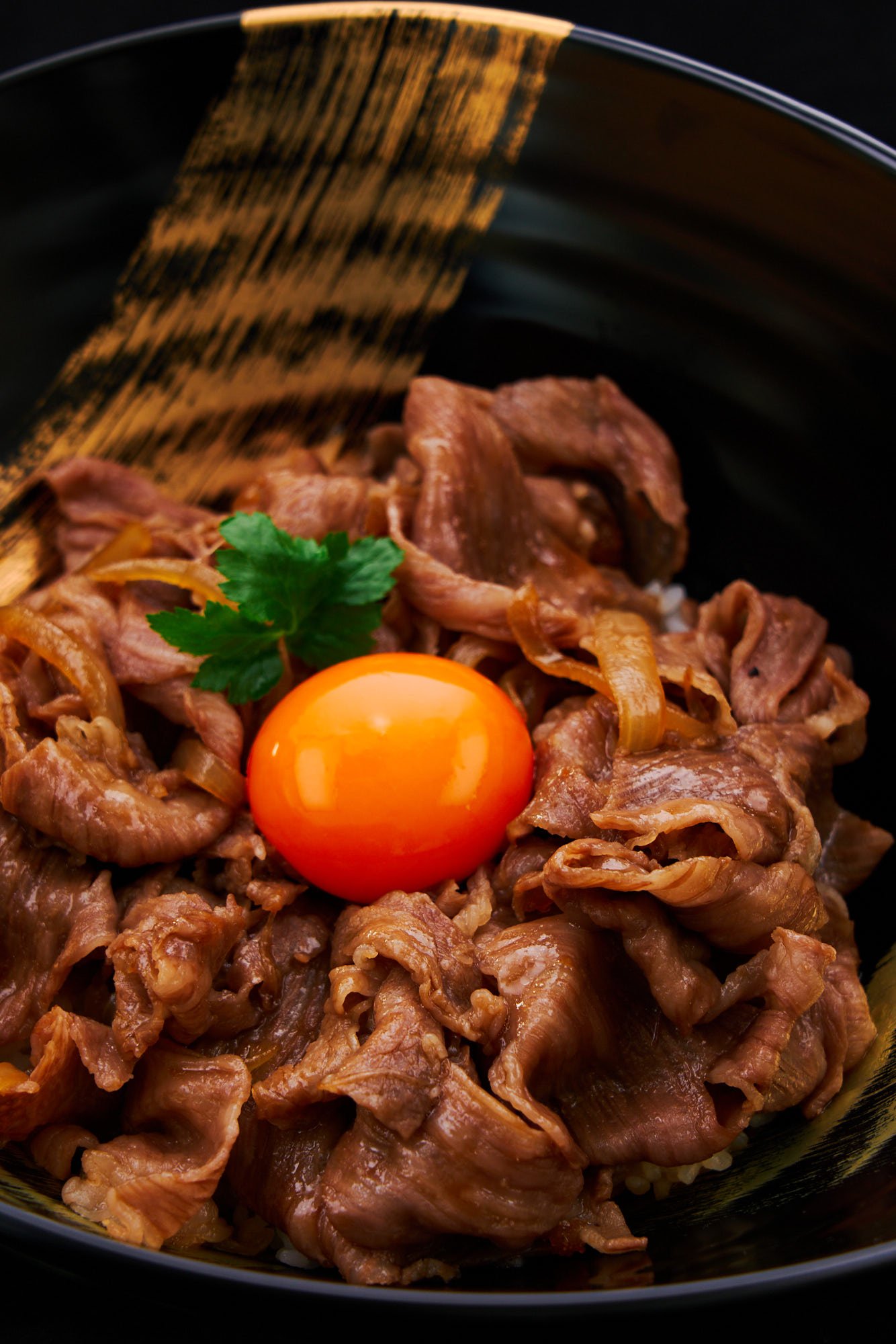
If you've ever had a steaming bowl of gyudon at a Japanese fast-food chain like Yoshinoya, Matsuya, or Sukiya, you'll know why this iconic beef rice bowl is a workday staple in Japan. I've posted my copycat Yoshinoya beef bowl recipe in the past, but this time, I wanted to see if I could take this humble comfort food to new heights by using premium A5 Wagyu and applying some easy chef's tricks to make a rich gyudon sauce that clings to each slice of the melt-in-your-mouth tender wagyu. It's still easy to pull off as a weeknight meal, but the ingredients and method make for the ultimate Japanese beef bowl!
Jump to:
What Makes This the Best Gyudon Recipe?
- Using well-marbled beef sliced for sukiyaki makes the beef donburi melt-in-your-mouth tender.
- Applying a Japanese technique called "shimofuri" removes excess blood and fat from the wagyu while setting the protein on the surface of the meat. This results in a cleaner-tasting broth.
- Since wagyu doesn't need to get cooked for as long, I've reduced the amount of dashi in this recipe and added gelatin, which mimics the slick, unctuous texture of a slow-cooked bone broth, helping the gyudon sauce cling to both the beef and the fluffy rice.
- A raw egg yolk on top adds additional richness and makes this gyudon recipe a little extra.
Ingredients
- Beef - The low-grade imported beef gyudon chains use is tough and sinewy, so they slice it paper thin and cook it relatively long (given the thickness) to get it tender. A5 grade wagyu (Japanese beef) is marbled and buttery with a melt-in-your-mouth texture, making it the perfect meat for gyudon. I used a shoulder roast (beef chuck) sliced for sukiyaki, which is cut slightly thicker (2mm) than meat sliced for shabu shabu (1-1.5mm). If you can't get A5 wagyu, I recommend following my other Japanese beef bowl recipe.
- Dashi - A traditional Japanese soup stock made from kombu (seaweed) and katsuobushi, dashi provides the umami-packed base for the gyudon sauce that synergizes with the flavor of the beef. I have a recipe for making traditional dashi broth from scratch, but you can also use the granules or dashi packs to make the soup stock.
- Soy sauce - This cornerstone of Japanese cooking is the primary seasoning for the flavorful sauce, providing savory depth and enhancing the natural flavors of the beef and onions. Just be sure you're using Japanese dark soy sauce.
- Mirin - A sweet rice wine that balances the savory flavors, giving the sauce a natural sweetness without adding sugar. Mirin is also loaded with amino acids, which gives the sauce a boatload of umami.
- Gelatin - This is a chef's trick to create a silky, luxurious texture in the sauce, allowing it to cling beautifully to the gyudon beef and rice. It mimics the process of cooking bones for hours to make a rich bone broth.
- Yellow Onion - beef bowl chains just cook their onions in the sauce, but by making partially caramelized onions, you can use the Maillard reaction to create another layer of amazing flavor that adds a subtle sweetness and depth to the dish.
- Short-grain rice - While you could technically serve this Japanese beef and rice bowl with any kind of rice, we only use short-grain rice in Japan. The firm, sticky texture of white rice absorbs the extra broth without becoming soggy.
- Egg yolks (optional) - Adding a raw egg yolk on top creates a velvety, creamy finish, enhancing the luxurious texture of this Japanese beef donburi. If eggs aren't safe to eat raw in your country, you can still serve your gyudon with eggs by making my onsen tamago recipe.

Prepare Beef for Gyudon
The key to making gyudon with a clean flavor and tender beef is a Japanese blanching technique called "shimofuri, " meaning "frosted." It removes impurities by eliminating excess blood and fat from the surface of the meat, resulting in a cleaner-tasting broth. It also prevents the thin sheets of meat from sticking together, making the beef easier to cook through evenly when added to the sauce.
- If your wagyu came in large sheets, lay them flat and cut them into 3-inch wide strips. Then, place the meat in a wire strainer.
- Prepare a bowl of cold water and a bowl of boiling water.
- Lower the strainer of wagyu into the bowl of hot water and quickly swish the meat around for a few seconds. The goal is to quickly separate the slices of beef while lightly "frosting" the outside. The meat should still be uniformly pink.
- Transfer the wagyu to the cold water to quickly stop the cooking process, then let the beef drain over an empty bowl while you continue the prep.
How to Make Gyudon
- Prepare the Sauce: Combine dashi, soy sauce, mirin, and powdered gelatin in a bowl. The gelatin helps mimic the luxurious texture of a slow-cooked broth, creating a sauce that clings beautifully to the beef and rice.
- Cook the Onions: Heat vegetable oil in a skillet over medium-high heat. Add the sliced onions and sauté until they become translucent and slightly caramelized. This step brings out their natural sweetness and enhances the overall flavor of the dish.
- Simmer the Sauce and Onions: Pour the prepared broth ingredients into the skillet with the onions. Allow it to simmer over medium heat until the onions are tender and the sauce thickens slightly. This ensures the sauce is rich and flavorful.
- Add the Meat: When the onions are tender, add the blanched wagyu into the pan and toss to coat it in the sauce. To ensure the meat stays tender and flavorful, cook it until it's no longer pink, taking care not to overcook it.
- Assemble the Bowl: Divide the beef mixture over two bowls of rice, and drizzle the savory broth over the rice. Add a raw egg yolk or onsen tamago on top for an extra layer of indulgence.

Toppings for Gyudon
While this gyudon doesn't need anything more on top, there are many ways to customize it with additional toppings. Here are some ideas:
- Benishoga - Red pickled ginger adds a warming heat and tangy taste that cuts through the richness of the wagyu.
- Green Onions - Thinly sliced green onions bring a fresh, sharp bite and crisp texture that contrasts with the sweet, creamy onions in this Japanese beef bowl.
- Toasted Sesame Seeds - If you want a little extra texture for the buttery beef, some toasted sesame seeds will add a subtle crunch and nutty aroma.
- Kimchi - If you wanna turn up the heat, fermented kimchi adds spicy bursts of flavor and loads of umami that go beautifully with the delicate slices of beef.
- Cheese - A surprising but delightful addition, melted cheese provides a creamy richness that pairs well with the savory sauce.
- Mayonnaise - Mayo isn't my cup of tea, but some people like squeezing steamers of Japanese mayo onto their beef donburi.
Serve it With
Gyudon bowls are intended to be quick meals, and they're usually served with a bowl of miso soup and an assortment of Japanese pickles. I have recipes for three types of Japanese Pickles and Beer and Wasabi Cucumber Pickles. Other than that, if you wanted an appetizer to go along with this, you could try my Spicy Edamame or Sesame Spinach.
📖 Recipe

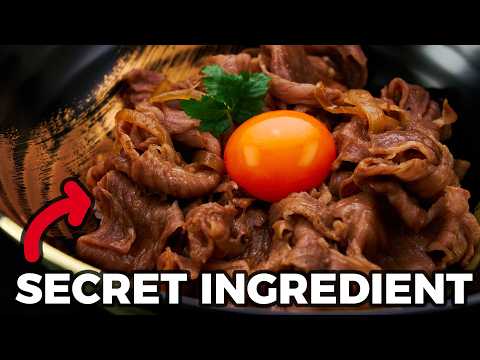
Units
Ingredients
- 300 grams A5 Wagyu (thinly sliced for sukiyaki)
- ½ cup dashi
- 2 tablespoons soy sauce
- 1 tablespoons mirin
- 5 grams powdered gelatin
- 2 teaspoons vegetable oil
- 100 grams onion (cut into ¼-inch slices)
- 360 grams cooked short-grain rice
- 2 egg yolks (optional)
Instructions
- Cut 300 grams A5 Wagyu into 3-inch wide strips and put them into a strainer.

- Prepare a large bowl of cold water and then add a kettle of boiling water to another large bowl.

- Working quickly, lower the strainer of beef into the bowl of boiling water and swish the meat around a few times to separate the slices. The goal here is to blanch the surface of the meat, not cook it through all the way, so it should still be pink.

- Move the strainer to the bowl of cold water and swish the wagyu around a few times to chill and stop the cooking. Drain the meat well.

- For the gyudon sauce, add ½ cup dashi, 2 tablespoons soy sauce, 1 tablespoons mirin, and 5 grams powdered gelatin to a bowl and stir to combine.

- Put a skillet on the stove over medium-high heat and add 2 teaspoons vegetable oil and 100 grams onion. Sauté the onions until they’re translucent and start to brown (3-4 minutes).

- Pour the gyudon sauce mixture into the pan and simmer with the onions until they’re tender and the sauce slightly thickens (another 4-5 minutes).

- Add the blanched wagyu to the pan and toss to coat evenly with the sauce and onions. When the meat is no longer pink it’s ready to serve.

- Divide the beef, onions, and the remaining gyudon sauce onto 360 grams cooked short-grain rice divided between two bowls.

- Optionally, top your premium gyudon with 2 egg yolks or onsen tamago.

Nutrition Facts
Gyudon (牛丼) literally means "beef rice bowl," it's a type of donburi made with thinly shaved beef and onions simmered in savory-sweet dashi broth. Because the beef is sliced paper-thin, it releases its flavor into the broth and becomes tender quickly. The combination of beef and broth gets poured over a bowl of hot rice and topped with various condiments.
Gyudon descends from a dish called Gyunabe, a beef hot pot dish popularized in Tokyo following the Meiji Restoration. As train networks expanded around Japan in the latter half of the 19th century, serving gyunabe over rice became a popular on-the-go meal. In 1899, Eikichi Matsuda opened his first Yoshinoya location at the Nihonbashi fish market (the precursor to Tsukiji and Toyosu). Yoshinoya and their beef bowl became one of Japan's most popular fast food chains.
The correct gyudon pronunciation is (read the italicized parts):
gyu like bug you
don like donut

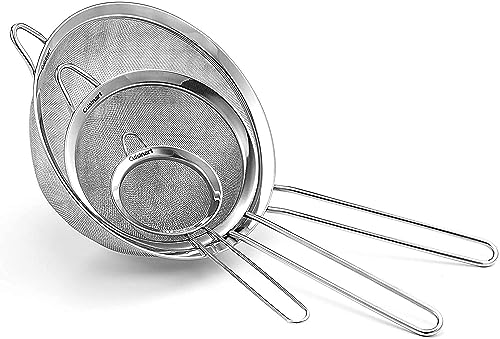
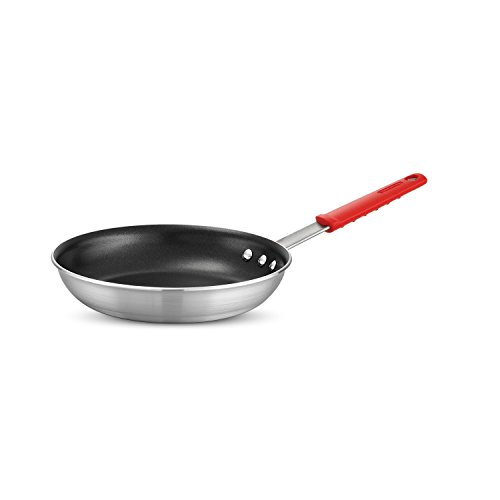
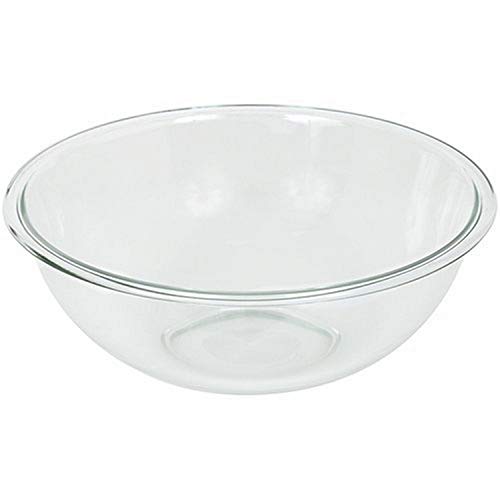
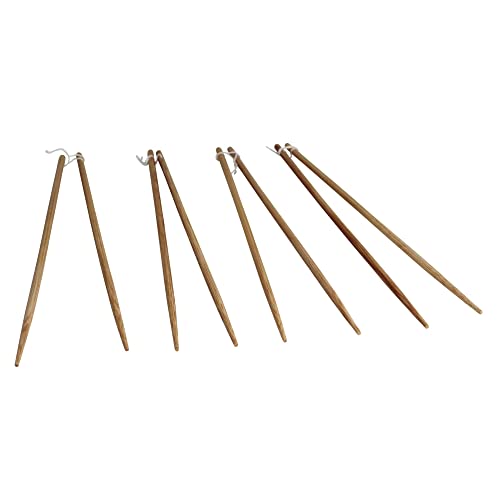
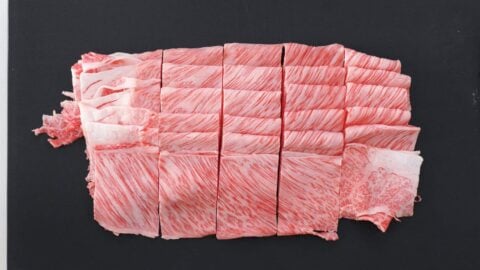

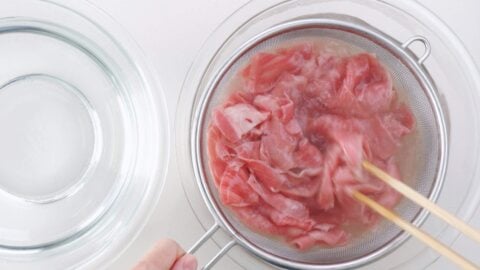
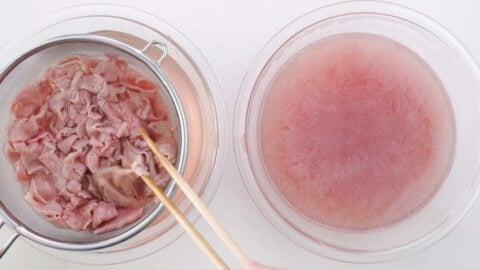
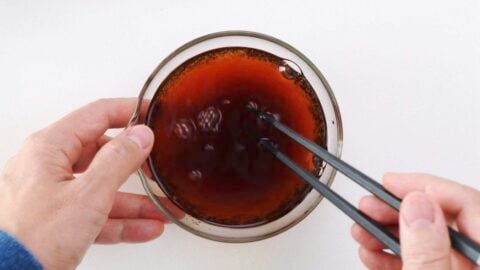
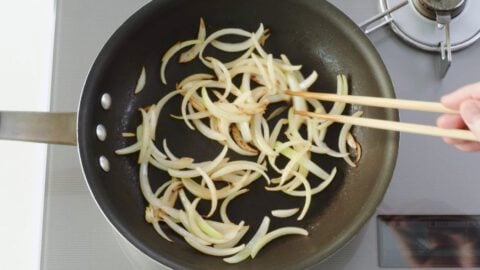

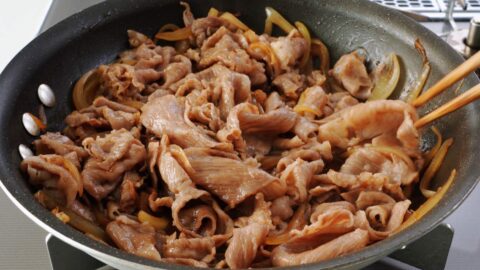
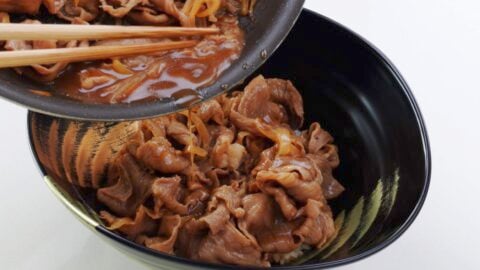
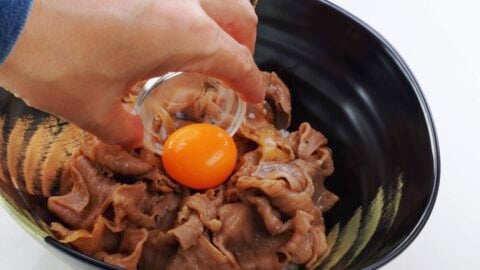
Marion Nystuen says
Powder gelatin...like Knox???
Marc Matsumoto says
Hi Marion, that should work, but I haven't tried with that brand. I'm based in Japan so I'm using a local brand of gelatin. The key is to try and find one that doesn't have too strong of a smell.
Catherine says
I tried this recipe tonight and used a lesser type of beef however it was wonderful. I live in the country and your ingredients are not available expect for online. However, I found a substitute online for the Dashi which worked great. It would be also helpful is you made the recipe using US measurements. However, having delt with these issues the dinner was great and will do frequently thanks for the recipe.
Marc Matsumoto says
Hi Catherine I'm happy to hear you enjoyed it. The volumetric measurements are in US cups so they don't need to be converted, but you can convert the weight measurements to ounces/pounds by pressing the US Standard button. I hope that helps!